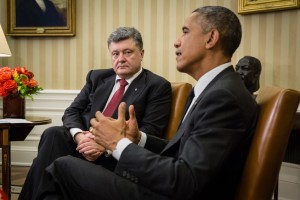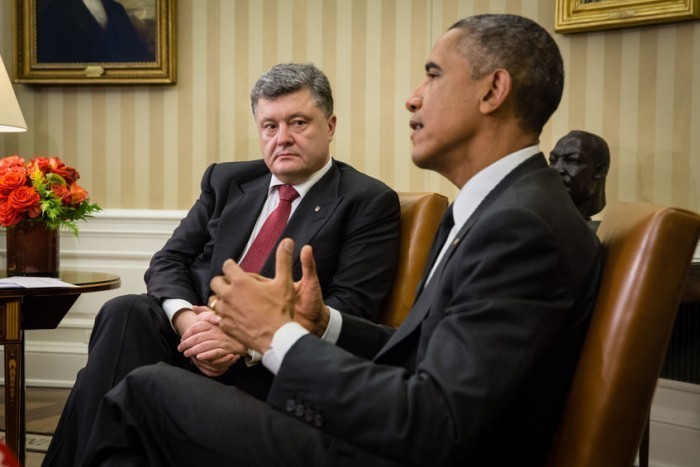WASHINGTON, D.C. – Speaking at a live press conference from the Rose Garden today, President Obama announced major changes to health care, that he expects to solve the nation’s doctor shortage. This new law, which the president issued in an executive order, bypassing a House and Senate vote, will allow patients to select WebMD as their primary care provider, in most cases, eliminating a patient’s need for a face-to-face doctor’s visit.
 A study by the Association of American Medical Colleges, found that if trends continue, there will be a shortage of up to 90,000 primary care and specialists within the next 10 years This poses a significant risk to patients not receiving access to the services they need.
A study by the Association of American Medical Colleges, found that if trends continue, there will be a shortage of up to 90,000 primary care and specialists within the next 10 years This poses a significant risk to patients not receiving access to the services they need.
“When a person selects WebMD as their health care provider, they will get the same quality care they would get from an in-person visit,” said President Obama. “A patient simply checks the boxes related to the symptoms they are experiencing, and they will receive prescriptions, lab orders, educational information, and a full health summary, all which can be printed out without the patient ever having to get off of the couch.”
The President also said this is a “win-win” for the Affordable Care Act. Not only will patients no longer be required to pay co-payments for doctors’ visits, but it is a real cost-saver for the U.S. Centers for Medicare and Medicaid Services (CMS), which has negotiated special rates through advertising on the WebMD site.
The administration is currently working on tackling the anticipated specialist shortage, which is said to be trickier because specialists often provide surgical procedures. “We are getting closer,” the President said. “Within the next few years, we will have created robotic methods that will eliminate the need for doctors to participate in surgeries at all.”
In fact, developers are in the final stages of implementing a doctor-free colonoscopy, which uses infrared heat sensors to detect where the tube needs to be inserted into a patient. They have also created an automated defibrillator for emergency rooms, which is part of a patient’s bed, and simply slides into position as a patient’s monitor signals cardiac arrest.
As expected, the response to the President’s announcement was positive among patients. “I already use WebMD for my medical care,” said Jonathan Webbers, a professor of technology at the University of Maryland. “It’s always been frustrating when my doctor refuses to give me with medication or order an MRI without an office visit. I can’t wait to sign up and avoid jumping through that unnecessary hurdle.”
If the new law is successful, the President says the concept could also be implemented into mall kiosks and ATMs.







